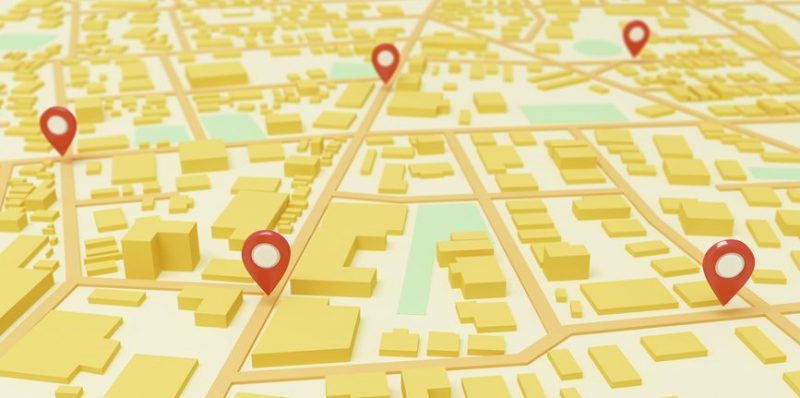This blog is an excerpt from GovLoop’s recent industry perspective, Reducing Fraud, Waste and Abuse in the Public Sector Using GIS. Download the full perspective here.
Geographic Information Systems (GIS) technology can be used to help address fraud, waste and abuse in several different ways. Primarily, this is because GIS technology enables organizations to view and analyze their spatial data. When organizations are not leveraging GIS technology, spatial components of data (such as addresses) are not being fully modeled or fully used in predictive models.
Think about it like this: Organizations benefit from closely examining location-based factors to identify hot spots, regional variations and clusters, such as co-locations of services. Then, real-time data analysis shows spatial trends that inform predictions about future needs and issues — or, in this case, fraud.
When fraud is detected, spatial models can help users identify locations with similar characteristics — and, presumably, with similar risk of fraud.
“When organizations use GIS and include spatial data and indicators in analysis, they improve both their insights and their ability to identify locations that are vulnerable to fraud. This leads them to take swifter action,” Marcella Cavallaro, Manager for the National Government Fraud, Waste and Abuse practice at Esri, said.
Additionally, GIS can be used to visualize historical data to identify and analyze the locations bad actors have targeted in the past. Organizations can use these insights to better understand where those actors are or what locations they might target next.
“By combining historical data and current understandings within predictive workflows, organizations can look at where bad actors may be heading next,” said Cavallaro. “Organizations can start to get ahead of the problem, and stop that fraud and abuse from taking place in the future.”
Fraud Waste and Abuse: Reduction in Action
Esri’s technology can reveal new trends and patterns in government data by applying a geographic lens to data analysis. Agencies ranging from Louisiana’s Office of Family Support to USDA are already using GIS to reduce fraud, waste and abuse, as shown in the following examples.
Louisiana has more than 600,000 residents receiving food stamps each month. Even though most food stamp recipients are in legitimate need, Louisiana’s Department of Social Services estimates that approximately 4 percent of the funds — a total of $40 million — is fraudulently received or trafficked each year. Louisiana Department of Social Services, Office of Family Support partnered with Esri and Information Builders Inc. on a fraud-detection solution. The solution focused on identifying patterns that reveal fraudulent activity. The department found that by integrating geospatial analysis into the business intelligence platform, users could visually display report data on a map and incorporate this data in further analysis.
USDA’s Supplemental Nutrition Assistance Program
Due to present economic challenges, more than 47 million people (most of them children) in the United States currently receive SNAP benefits each month. USDA’s Supplemental Nutrition Assistance Program (SNAP) is leveraging GIS tools, like proximity analysis and map visualizations, to identify SNAP program participants who are in most need. The mapping application helps SNAP recipients find the nearest SNAP authorized stores, including driving directions, and the website receives 30,000 visitors a month. This open and accessible application streamlines workflows both for USDA and the beneficiaries, thus keeping the program efficient. To keep providing assistance to those who need it the most and limit fraud, waste and abuse, travel information to vendors is captured to look for abnormal behavior in the program. This workflow can be repeated in other government programs, like Women Infants and Children (WIC), Medicare and Social Security.
Download the full perspective here.






Leave a Reply
You must be logged in to post a comment.